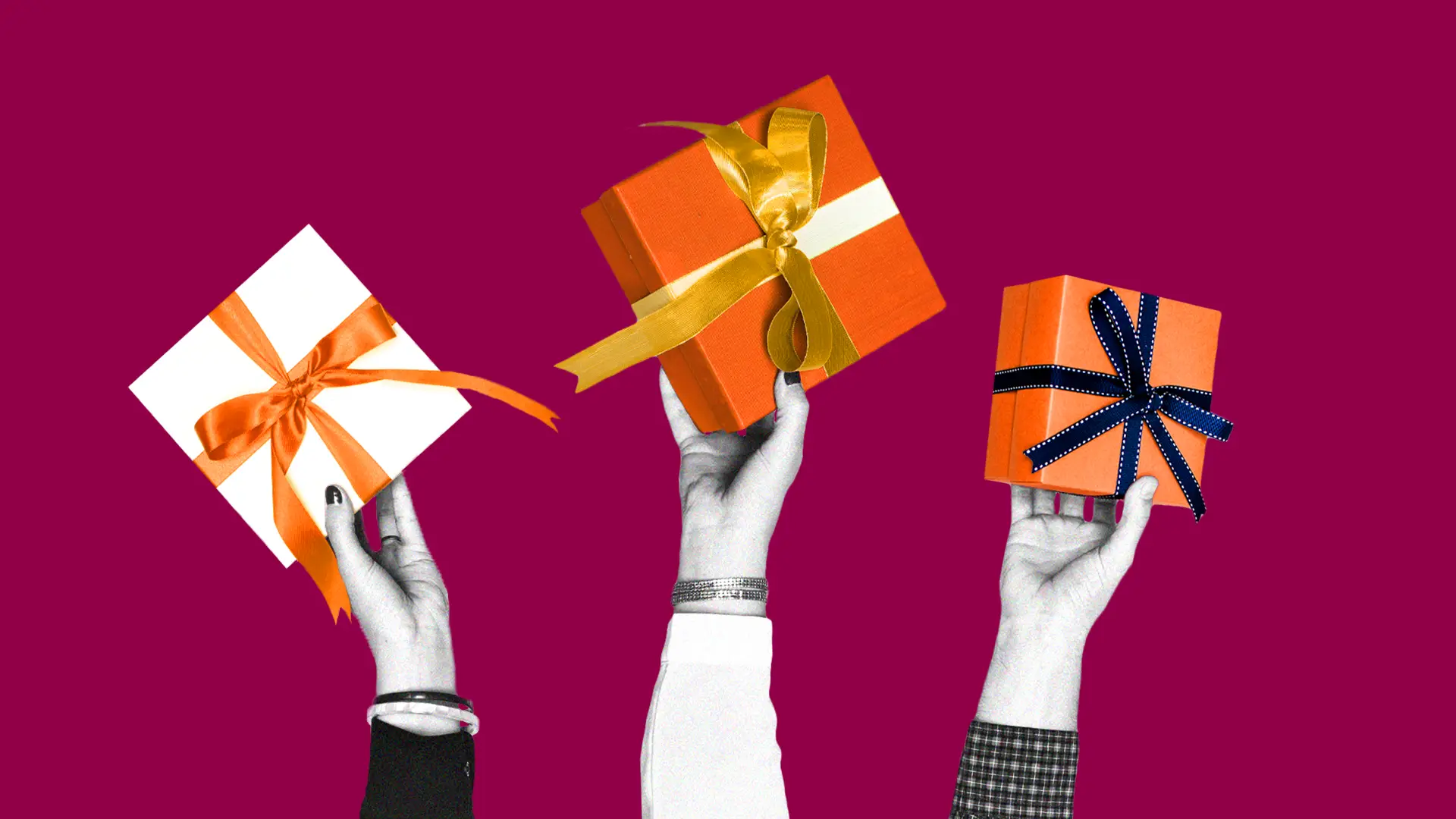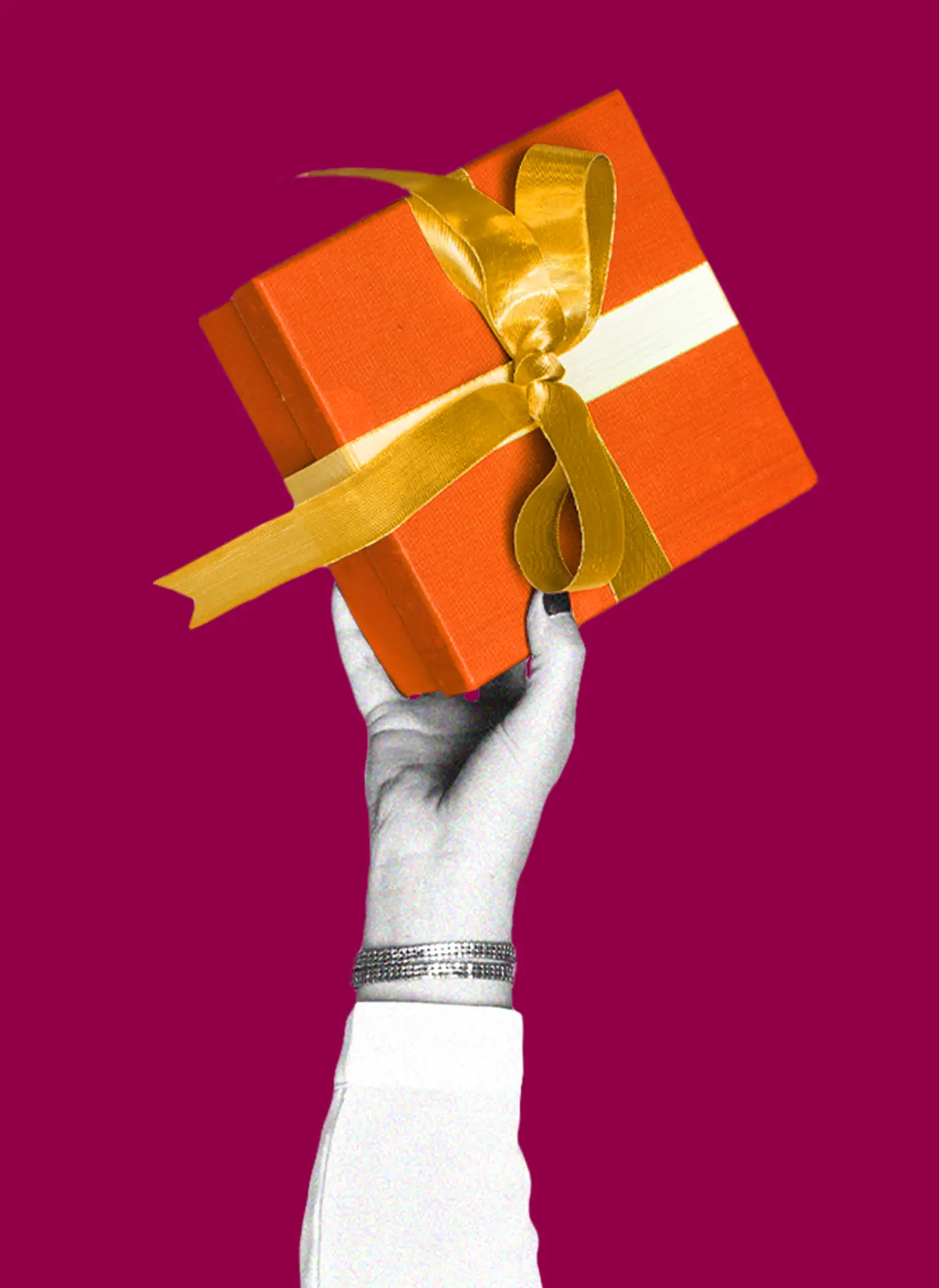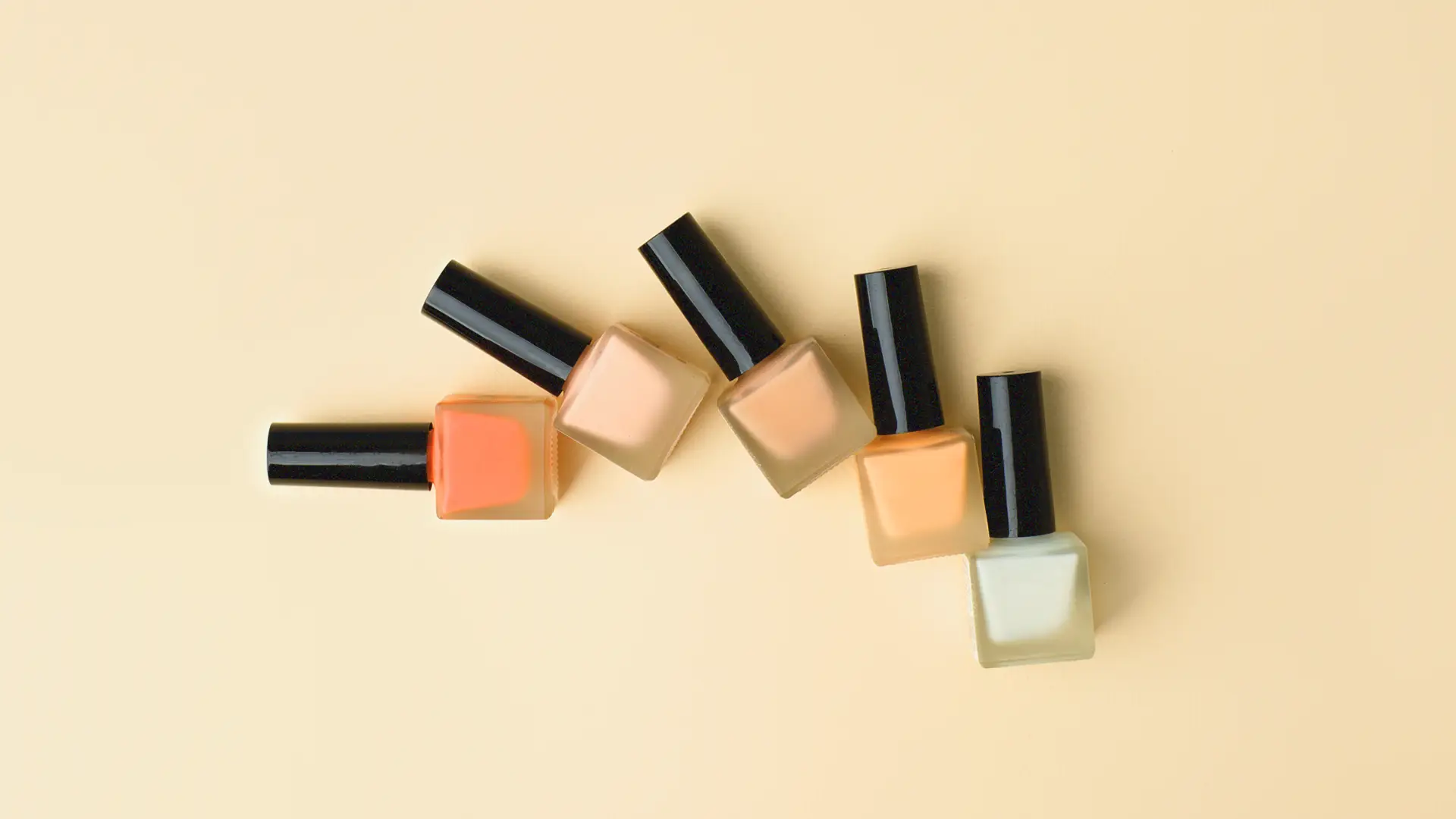Key Takeaways
- Honesty is the best policy when done strategically.
- Create a magical customer experience through thoughtful curation, convenience, and customer service.
- Understand the needs, desires, and mindset of your customers—and fulfill their shopping fantasies.
Listen: How to make the holiday sales season feel special again.
Retailers can expect a jolly holiday season this year! According to the National Retail Federation, retail executives project that holiday shoppers plan to spend as much as 3.5% more in 2024 than last year on holiday gifts.
This growth is significant, especially considering how essential the holiday season revenue is for retailers’ financial health.
According to Statista, the holiday season (the fourth quarter of the financial year) accounted for approximately 25% of annual sales across industries in 2023. A 2023 study from Constant Contact found that the stakes are even higher for small businesses—the last three months of the year for around 50% of their annual revenue.
83% of U.S. holiday shoppers plan to purchase holiday gifts, according to a survey conducted by Nerdwallet. Yet, only 39% and 36% of customers plan to make these purchases on Black Friday and Cyber Monday, respectively.
With nearly every online retailer participating in the major event, why do these numbers seem so comparatively low? In short, there’s no thrill or urgency left when shopping on Black Friday and Cyber Monday. As with most holiday promotions, they’ve simply lost their magic.
To make holiday promotions feel special again, retailers need to regain consumer trust while offering elements of novelty and delight throughout every stage of the customer journey.
Be up front with your sale dates and offers
It’s no secret that holiday shoppers love great deals—and executives know they’re the pathway to generating greater gross revenue for any fashion and/or beauty retailer. Across the board, sales should feel special to customers because the sense of novelty and exclusivity they offer shoppers is clear—not a form of deception or repetition.
Consider J.C. Penney and its infamous 2012 attempt at honest pricing, which led to massive losses. The lessons from this mishap are even more relevant today as 83% of shoppers compare prices among different retailers before making a purchase in the e-commerce landscape.
Under the helm of then-CEO of J.C. Penny, Ron Johnson showed that getting rid of promotions doesn’t work—even if they’re replaced with lower, honest prices. Above all, customers value getting a clear and unique (better) deal.
Johnson’s “Fair and Square “pricing strategy removed the consistent markdowns on artificially inflated prices and reduced prices on all J.C. Penny’s merchandise by around 40%. Despite the lower standardized retail prices, the company suffered a $163 million loss, with same-store revenue down by nearly 19%—all in one quarter since implementing the new pricing model. Customers lost the thrill of scoring big for the less—even if the net gain is a perception, not honest pricing.
Sharing and adhering to specific promotional dates provides three key benefits for customers: 1) displays company integrity that rebuilds trust with customers; 2) facilitates hype and community-building; and 3) creates scarcity to put customers in a buying mindset.
While J.C. Penny’s approach fell flat (into declining sales), Johnson foreshadowed the general customer distrust of retailers’ promotional events as e-commerce markets for fashion and beauty products continue to grow. Providing customers with definitive start and end dates with predictable increasing markdowns, loyalty tier benefits, and a clear offer inspires customers to respond with urgency and a more seamless customer experience.
Sephora offers the template for this promotional strategy by offering a clear annual sale schedule, tiered membership discounts, and a straightforward offer. With the global beauty retailer reporting double-digit revenue growth for the first half of 2024, it’s clear that this LVMH crown jewel understands the art and science behind making sales feel special for customers.
Predetermined (and released) promotional events not only allow for predictability among shoppers but enable returning customers to build communities surrounding the sale. These communities often form (and grow) on social media platforms like YouTube, Reddit, and TikTok with excited shoppers sharing their anticipated “wishlists,” inquiring about products to try, or asking for second opinions on different brands and other products or retailer information.
By having foresight into the sale event details, shoppers can generate hype among themselves and go through the consideration stage of the customer journey before the sale even begins.
Bring the art of in-store merchandising online
While e-commerce sales continue to rise, the post-COVID-lockdown era highlighted how much shoppers desire in-store holiday shopping experiences. In the modern retail environment, a seamless omnichannel customer experience is essential. From our findings, a winning holiday sale formula strikes a balance between selling a limited-time, clear, and compelling offer and a magical shopping experience.
The TikTok-fueled resurgence of sample sales offers great insight into what modern shoppers look for in a retail experience.
This past October, The Row sample sale craze took over NYC and everyone’s FYP. Yet, in typical The Row fashion, the 4-day promotional event was never announced by the brand to the public. All the hype was generated by word-of-mouth with a few teasers from social media pages and those invited to the early access friends and family event earlier in the week.
The private sample sale boasted 75% off markdowns on all available merchandise. With the original price tags so high (well into the $1,000+ range), this deal was unmissable for the brand’s not-so-secret cult and any bargain-hunting “quiet luxury” enthusiasts.
The result? Lines began to form outside the venue at 1 a.m. the day of the opening—with many customers spending thousands of dollars each.
The Row proved how sample sales can feel special by offering customers the winning trifecta of exclusivity, novelty, and community. Here’s what successful sample sales get right:
- The dates, location, and merchandise are limited and preset.
- Discounts are clear and offer high perceived value.
- They provide a communal space for lovers of the same brand, aesthetic, and / or values a place to purchase items that align with their (desired) identity and values.
Because of the perceived scarcity-to-value ratio sample sales offer shoppers, it’s no surprise they continuously go viral and essentially market themselves.
While sample sales offer an admirable model for promotions in general, they lack a certain magic and highlight the underlying reason behind the decline of brick-and-mortar retail that plagued the late 2010s. Over the past decade, many iconic fashion retailers, including Opening Ceremony in NYC, Fred Segal in L.A., and Colette in Paris, have shuttered due to a change in customers’ shopping habits (alongside ever-increasing rents). Because customers now seem to desire endless selection and instant gratification, offline retail locations can often feel like downsized warehouses rather than shopping oases.
Holiday promotions, in particular, need to tap into the magical element of the festive season and offer customers an experience that feels extra special. To bring this fantasy element to shoppers, brand executives should refine their holiday retail marketing strategy, going back to the merchandising basics and curating a delightful, well-curated, and easily shoppable retail experience—both in person and online.
Selfridges, a chain of upscale department stores in the U.K., offers a unique yet compelling dual-prong approach to the holiday season sales strategy. The retailer showcases a magical Christmas at Selfridges (online and in-store) gift shop experience with a predictable (yet almost unannounced) annual clearance event that takes place around Black Friday and Cyber Monday. While the promotional event doesn’t explicitly align itself with these marketing dates, Selfridges loyalists know that this sale boasted the highest markdowns and best deals of the year. And this retailer’s overall strategy is proving to be profitable. In 2023, Selfridges experienced an over 95% lift in revenue—despite its parent company’s losses.
Alongside its Christmas at Selfridges online boutique and North Pole-inspired retail space, the retail offers elevated customer experiences through in-store gift shopping advisors and events to get customers into the holiday spirit.
Retailers should consider incorporating one or more of the following elements into their holiday promotions boutiques to give customers a next-level shopping experience:
- Unique assortment that's well-merchandised and clearly organized.
- An inviting space with beautiful and thoughtful design (+ seasonal decor).
- VIP services like styling, tailoring and repair, and other concierge services.
- Food, beverage, and beauty / wellness venues.
Holiday promotions also can be made to feel special with more personalized offerings, such as private sale access for loyalty members and high-value customers.
Make the customer journey seamless and discovery-oriented
Elevating, streamlining, and humanizing the customer journey allows for less friction during the browsing and consideration process. When merchandising your markdowns, put yourself in the holiday shopper’s shoes—metaphorically or literally, depending on what you’re selling. Consider how your virtual or physical storefront appears at first glance and once the customer arrives. Be mindful of the products you’re featuring, where within your retail space they’re displayed, how products are merchandised, and how these curation decisions relate to the discounts on your items. Should customers be looking to browse my category, aesthetic, price, or markdown percentage? When in doubt, look at the data, reviews, and any feedback from your customers.
Thoughtful and browsable collections (online and in-store), expert shopping assistants (in-person or via AI chatbots), and occasion-themed (physical or virtual) storefronts can all make the difference in winning a sale or increasing a customer’s average order value.
Conclusion: know what your customers want and give it to them
On the surface, it’s obvious that giving customers what they want is a surefire way to get them to buy, spend liberally, and become engaged, repeat customers. However, it’s not that simple.
To give shoppers what they want, you need to figure out who your customers are, what they value, what draws them to your brand and storefront, how they prefer to shop, purchasing dealbreakers, and pain points—the list goes on.
Once you understand the tangible and intangible needs of your core audience, you can build the retailer of their dreams and promotions that take this fantasy to the next level—all while offering a win-win transaction. Customer-centricity is the secret to fulfilling the dream of making the holiday sales season feel magical (again).
Latest.
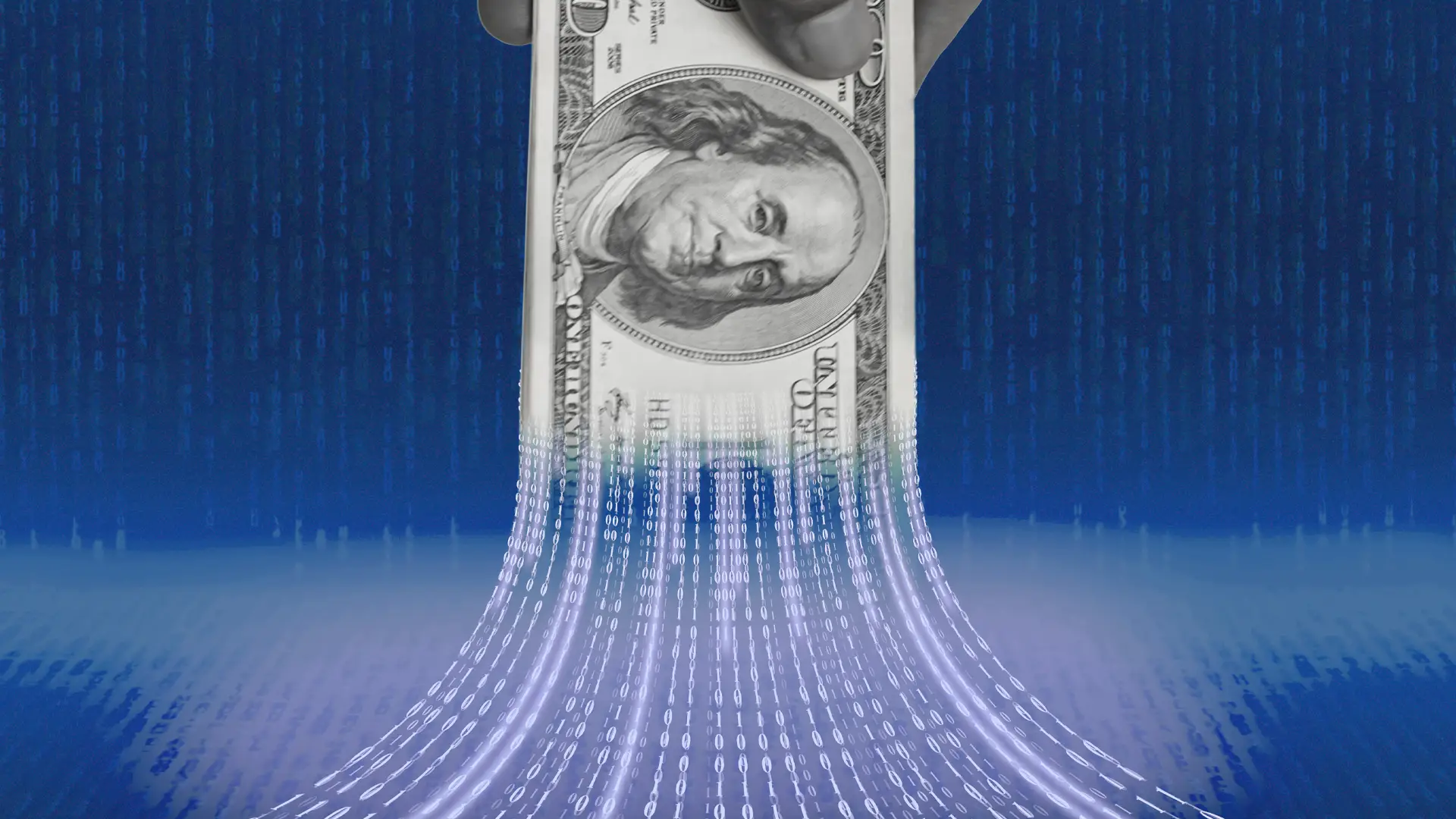
What makes challenger banks so popular and powerful today?
Consulting & Operations, Innovation & Emerging Tech, Marketing & Analytics, Financial Services
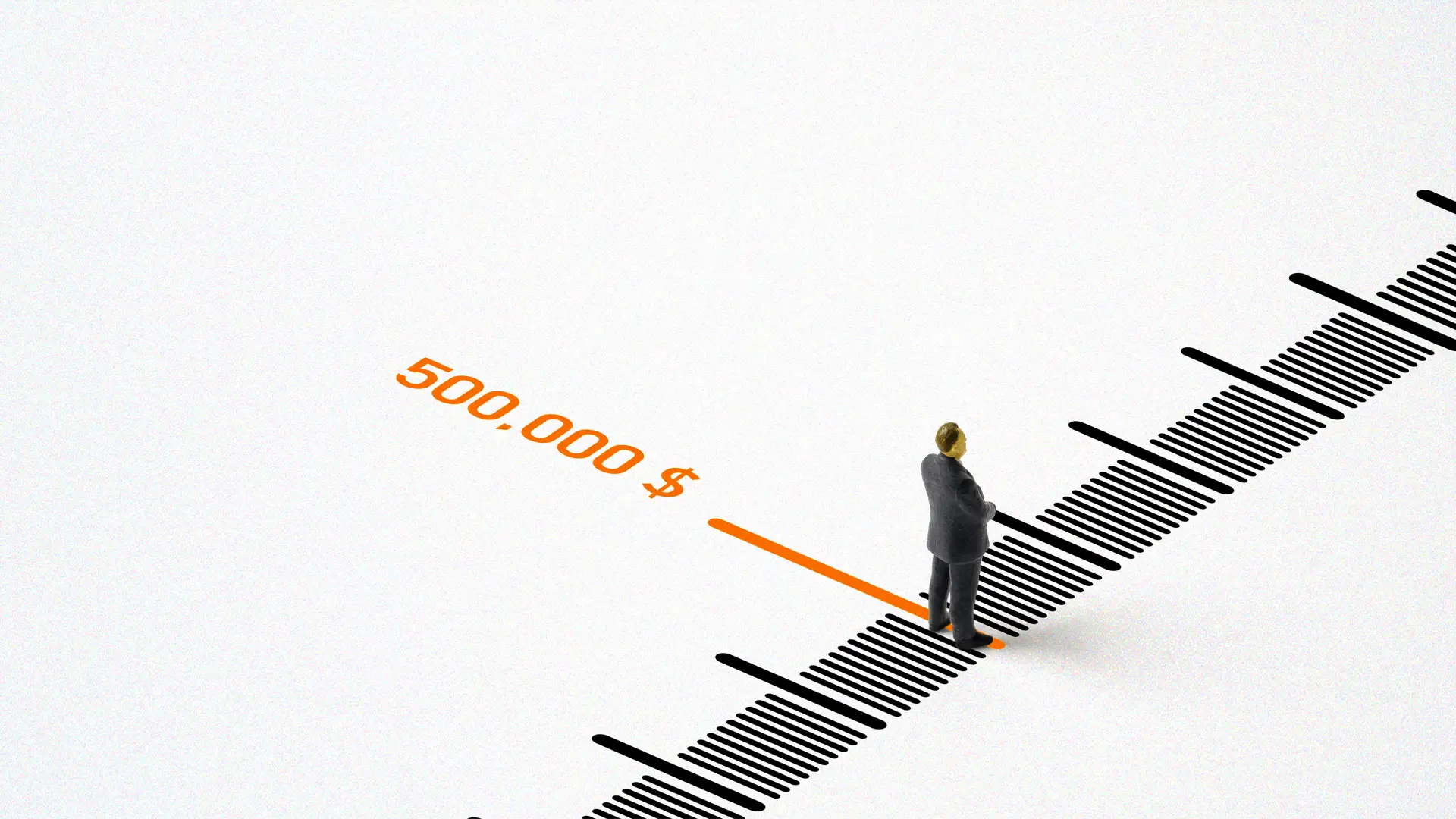
Budget planning for 2026: A guide for university CMOs.
Leadership & Management, Consulting & Operations, Marketing & Analytics, Government & Nonprofit, Higher Education

How smart manufacturing is redefining American industry.
Consulting & Operations, Engineering & Technology, Experience & Product, Innovation & Emerging Tech, Industrials, Technology
